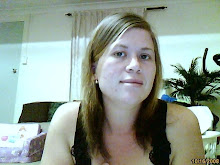Windows Movie Maker is a basic video creating or editing program that comes included with Microsoft Windows. It contains features such as effects, transitions, titles/credits, audio track, timeline narration, and Auto Movie. New effects and transitions can be made and existing ones can be modified. Windows Movie Maker is also a basic audio track editing program. It can apply basic effects to audio tracks such as fade in or fade out. The audio tracks can then be exported in the form of a sound file instead of a video file.
There are literally hundreds of uses for Movie Maker in the classroom. Students could create their own movies for assessments; younger students could make simple movies using photos of familiar objects with a voice over stating what the objects are - thus using this ICT for word associations; students could use the movie maker to produce a planning guide for technology in the design process. Microsoft Movie Maker provides an interactive platform in which students can express their thoughts and ideas without having to write them down.
From a professional viewpoint, teachers could implement this ICT in many ways within their classroom. Instead of standing up in front of the class to give instructions for an activity or assessment, teachers could create their own movie to give the instructions to the class. Students would then have a visual reference point if they needed clarification for the task. Personally, I would make use of Movie Maker for that purpose, however it shouldn't replace the need for teacher/student interaction in the classroom.
The Engagement Theory, Oliver's Learning Design framework and the Active Learning framework all promote the use of collaborative learning in authentic situations to engage students. When students are involved in creating their own movie using Movie Maker, they are actively participating within these frameworks. Movie Maker also allows students to have their learning embedded in a social experience and provides them with multiple modes of representation of the topic they are currently learning about.

No comments:
Post a Comment